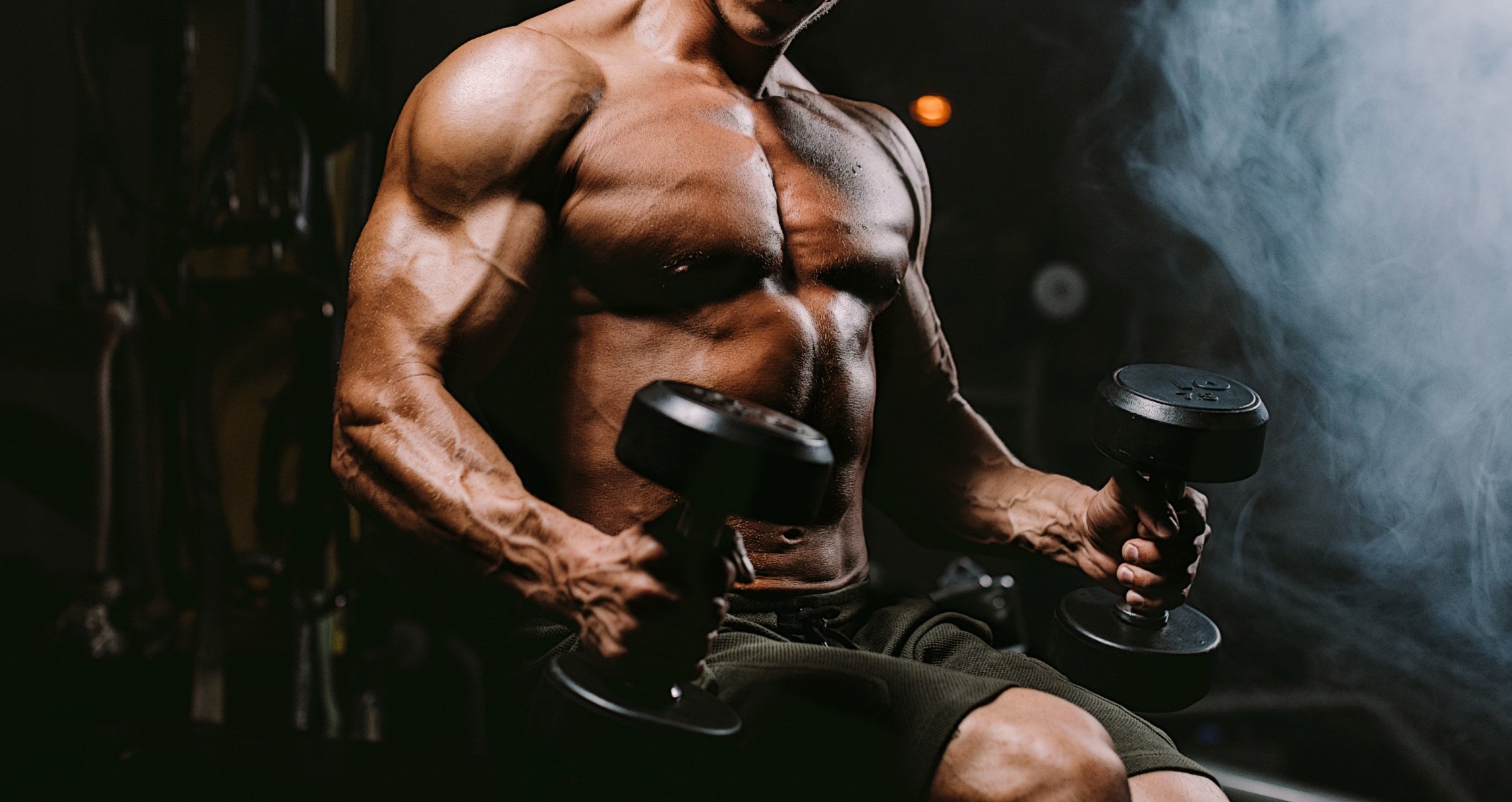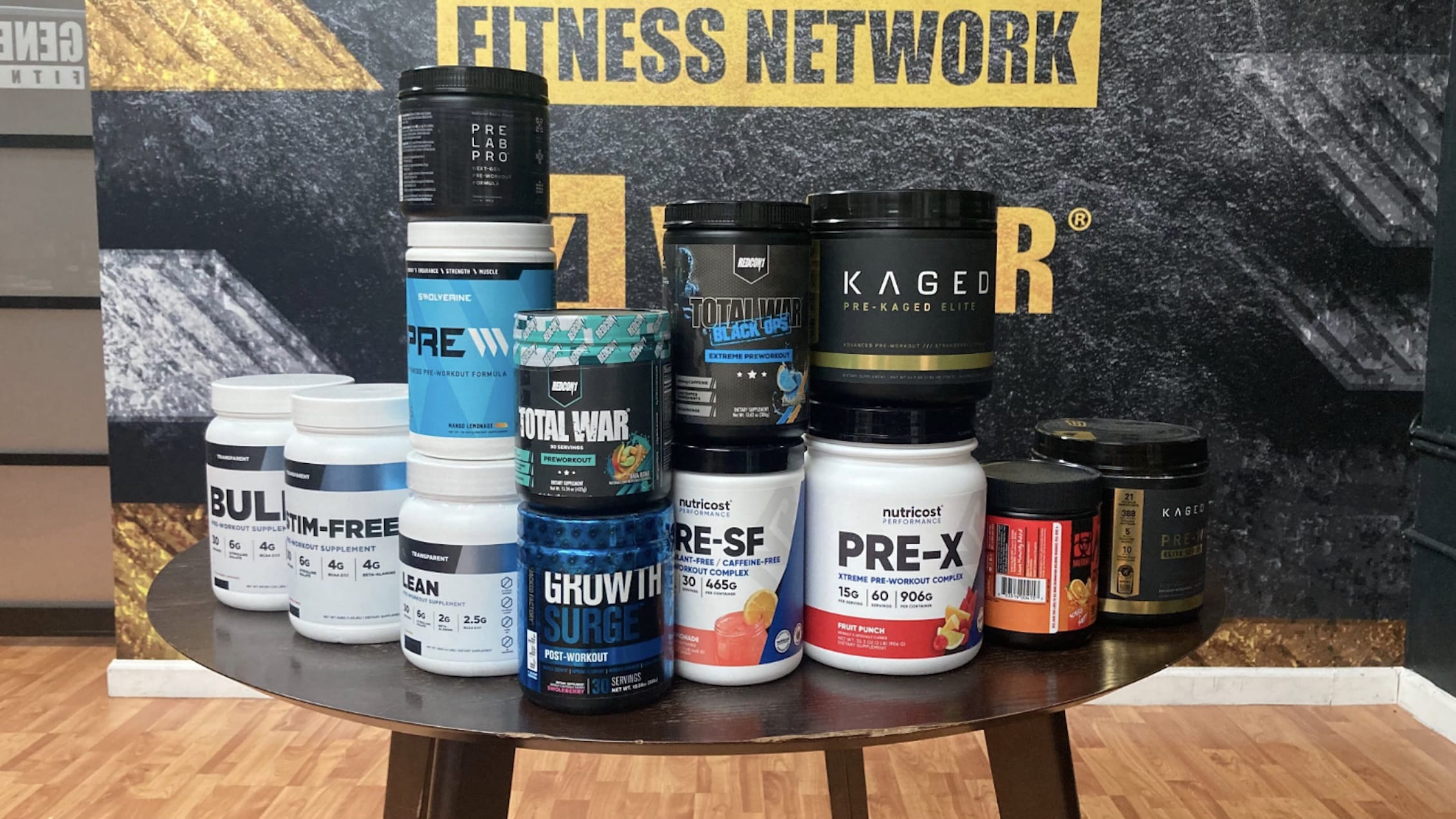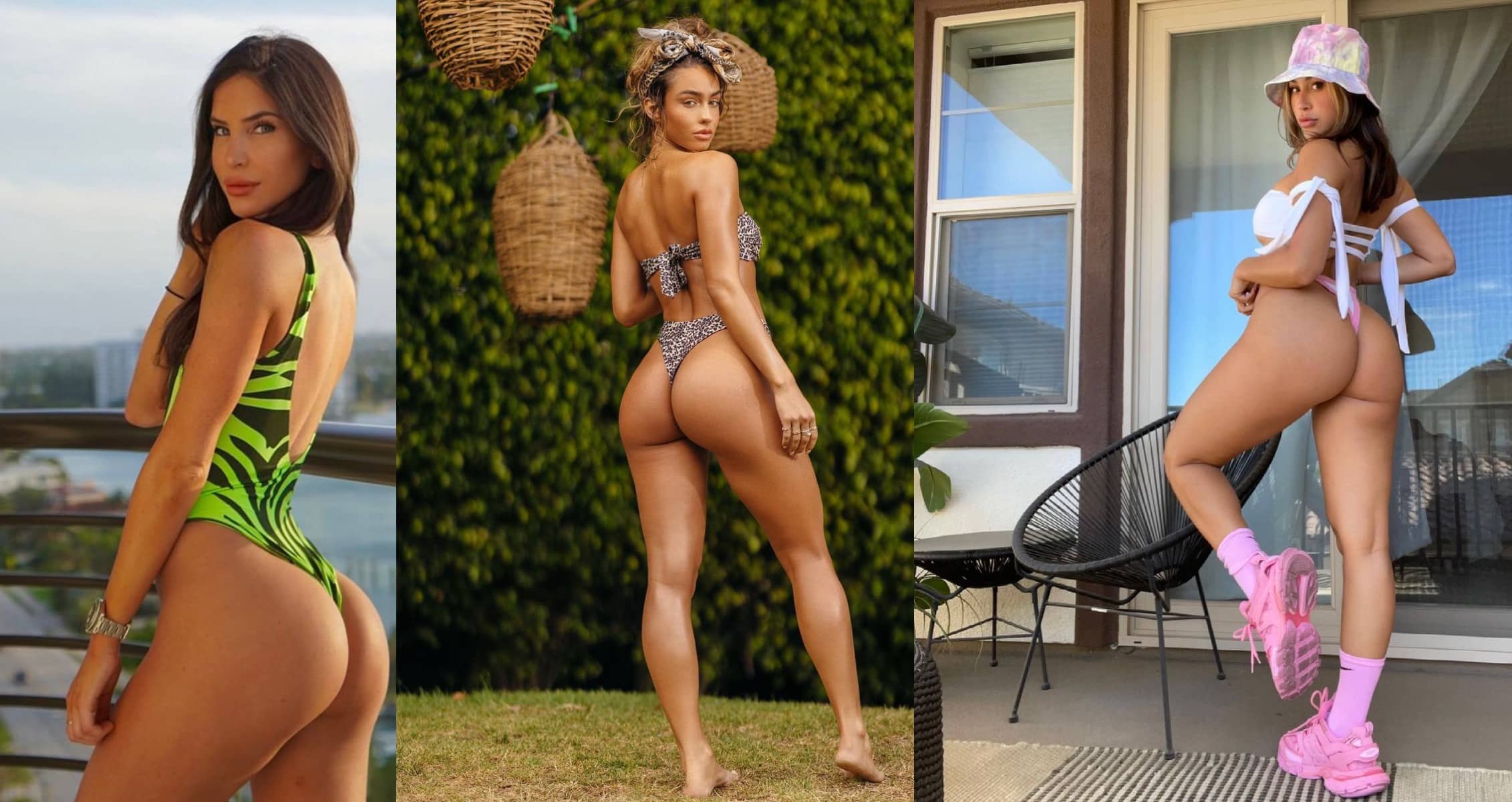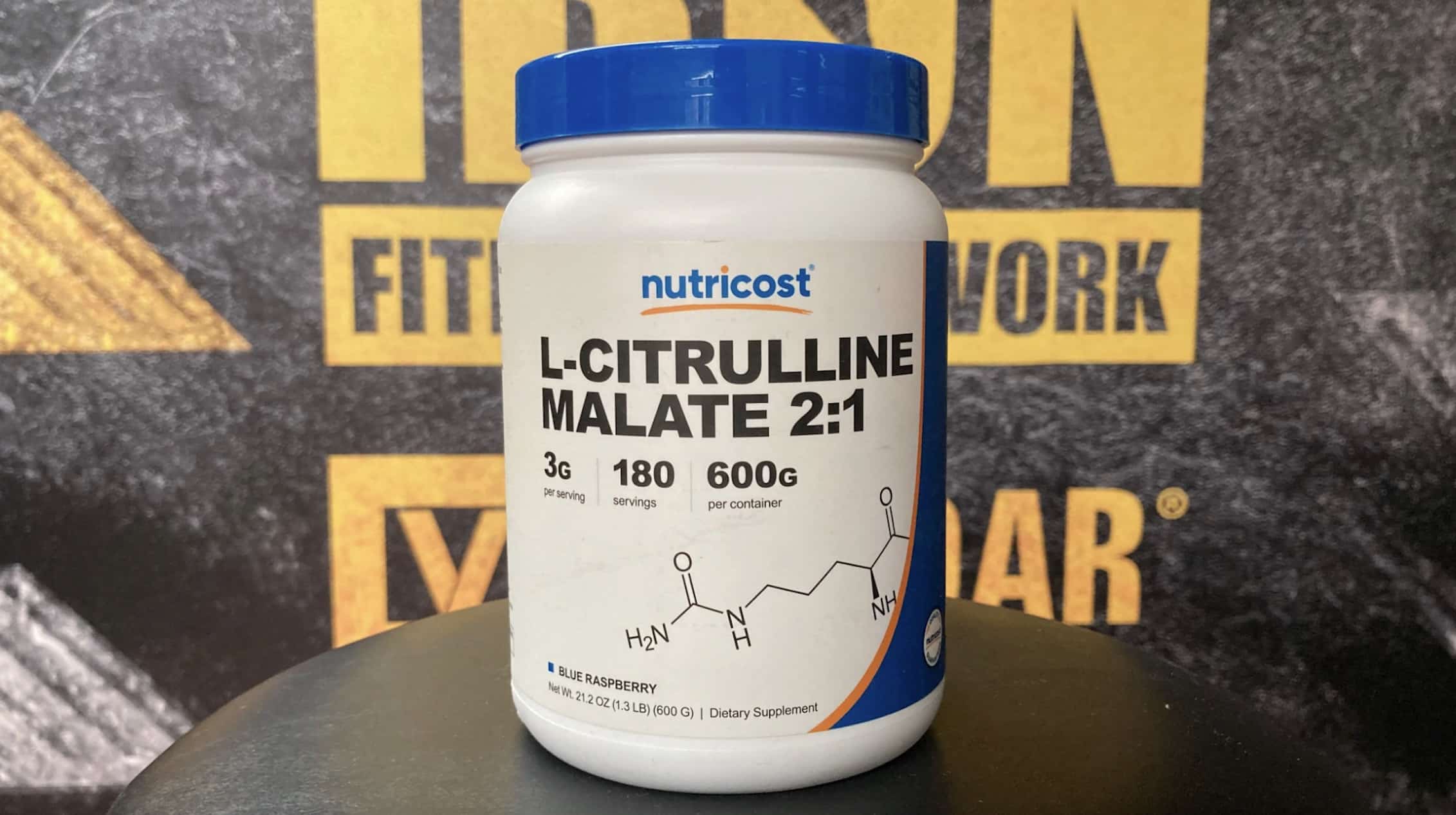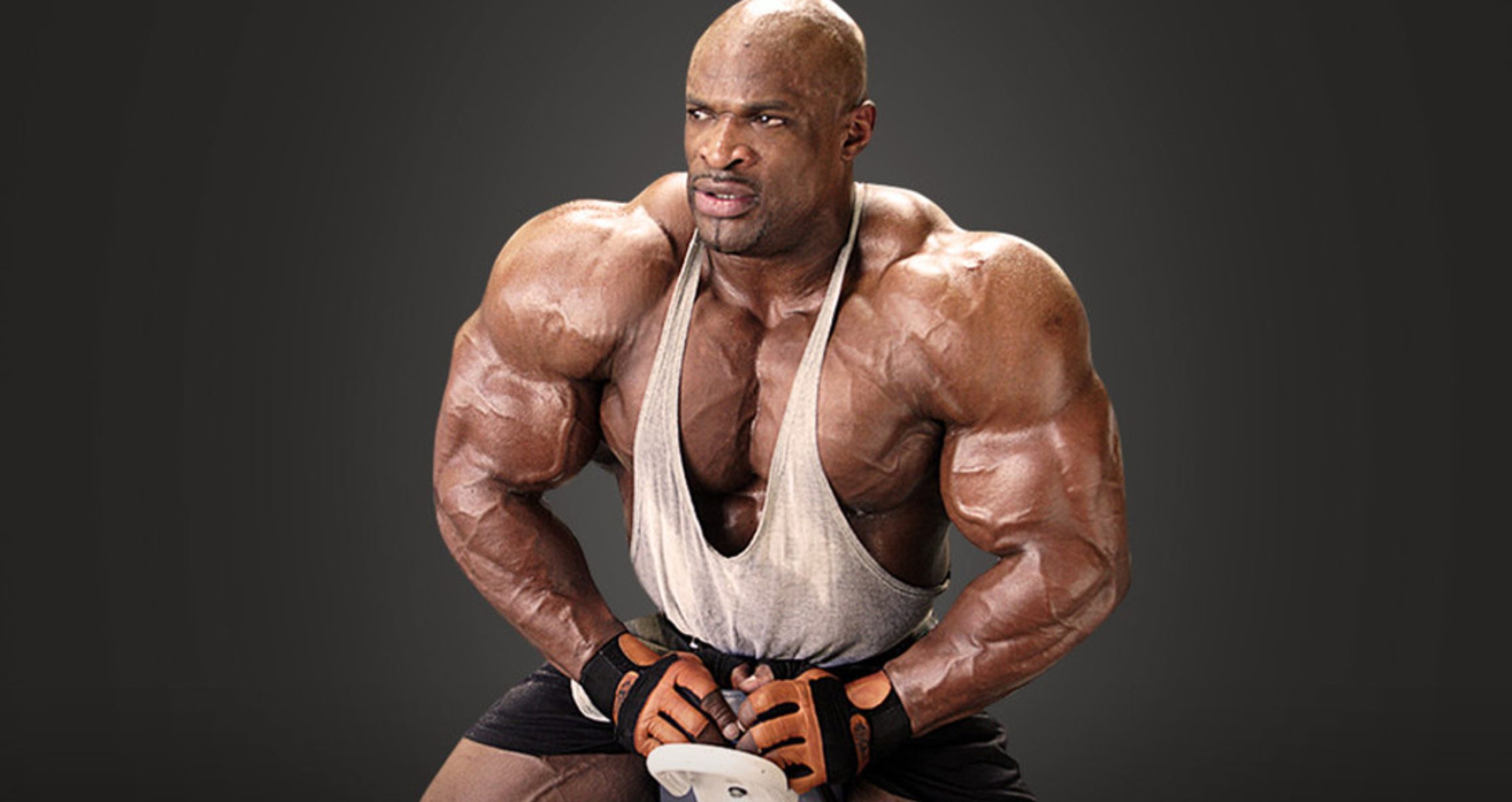These muscle groups feel impossible to grow.
No one is perfect, and you realize the true meaning of this phrase once you join a gym. Many of us get a gym membership so we can look or perform like our favorite athletes, but the truth is, no matter how hard we try, we can’t look like some of these athletes we see on social media or competing on the stage. Genetics play a huge role in bodybuilding, and you can’t do anything about its effects on your physique. On the other hand, there are some muscles which you might be overlooking and blaming your genetics for, even though your genetics have nothing to do with them.
Just like us human beings, all our muscles aren’t created equal. While some of your muscles might gain size just by looking at barbells and looking at protein, the others might refuse to grow even after you put them through a grueling workout. These are stubborn muscles, and you need to pay extra attention to them for them to grow.
The Most Stubborn Muscle Groups to Grow
Our team at Generation Iron is going to break down the most stubborn muscle groups to grow, and how you can overcome that.
1. Calves
By far the calves are one of the most common stubborn muscle group for most people. Your calves can be a stubborn muscle group to grow because you stand on them the entire day. You need to do something extra to shock them into growing.
People make the mistake of treating their calves as an accessory muscle and only train them at the end of a leg workout. You need to train your calves from all the angles. You can’t expect to turn your calves into full grown bulls with just one exercise and three sets.
You need to be doing the seated and standing versions of this exercise. The seated version targets the soleus and the standing works the gastrocnemius. Make sure you have a full range of motion to make the most of these exercises.
Foot placement is another area where people leave gains on the table. There are three versions you need to be doing; feet placed parallel to eat other, heels angled inwards and heels angled outwards. Change the intensity of your workouts every week to shock your muscles.
2. Forearms
Small muscles groups are where most people lag, and the forearms are another example. They focus on the bigger muscle groups and completely forget about their muscle symmetry. Forearms are one such muscle group thanks to the men’s obsessions with their biceps.
Your arm workouts aren’t enough for the development of your forearms. You need to show some extra love to your forearms. You can train them at the end of your workouts or the beginning if you’re lagging in the department.
Bodybuilding is a game of illusions. Having muscular forearms can give the appearance of bigger arms. Not to mention how those vascular road maps look. If you wear t-shirts often, your forearms are more exposed than your biceps and triceps, so stop overlooking them in your workouts.
Don’t just stick with the barbell or dumbbell wrist curls when you’re training your forearms. Use cables to annihilate your forearms completely. Do the exercises on the cables which you would otherwise do with the dumbbells. Cables help you maintain a constant tension on your muscles throughout the exercise.
3. Shoulders
Boulder shoulders can make your waist look small. Broad shoulders are also detrimental at giving you a V-taper. At the same time, shoulders can be one of the hardest body parts to train.
As compared to the other muscle groups, your shoulders can take a little more time in developing. Since a big part of shoulder training is overhead presses, you need to build strength to be able to optimally train them.
Your shoulders consist of three parts; the anterior, posterior and middle deltoids. You need to pay equal attention to all the heads to ensure an overall development. Posterior or real delts are one of the weakest body parts for most people.
If you’re one of them, you should start your workouts with real delt exercises. Doing this will help you target your rear delts efficiently. Training them at the end of the workouts might lead to the other two heads taking over the weaker muscle group.
Conclusion
It is time you critique your physique every time you look in the mirror. This will help you identify all your flaws, and you can work on improving them. Let’s end with a quote from the great Joe Weider –
“Most of all, for a guy like Arnold, a mirror is a tool for self-criticism. Looking at himself, a serious bodybuilder isn’t admiring, he’s looking for trouble. And he sees trouble, every time.”
What are some of the muscles you find hardest to grow?
Let us know in the comments below. Also, be sure to follow Generation Iron on Facebook and Twitter.


